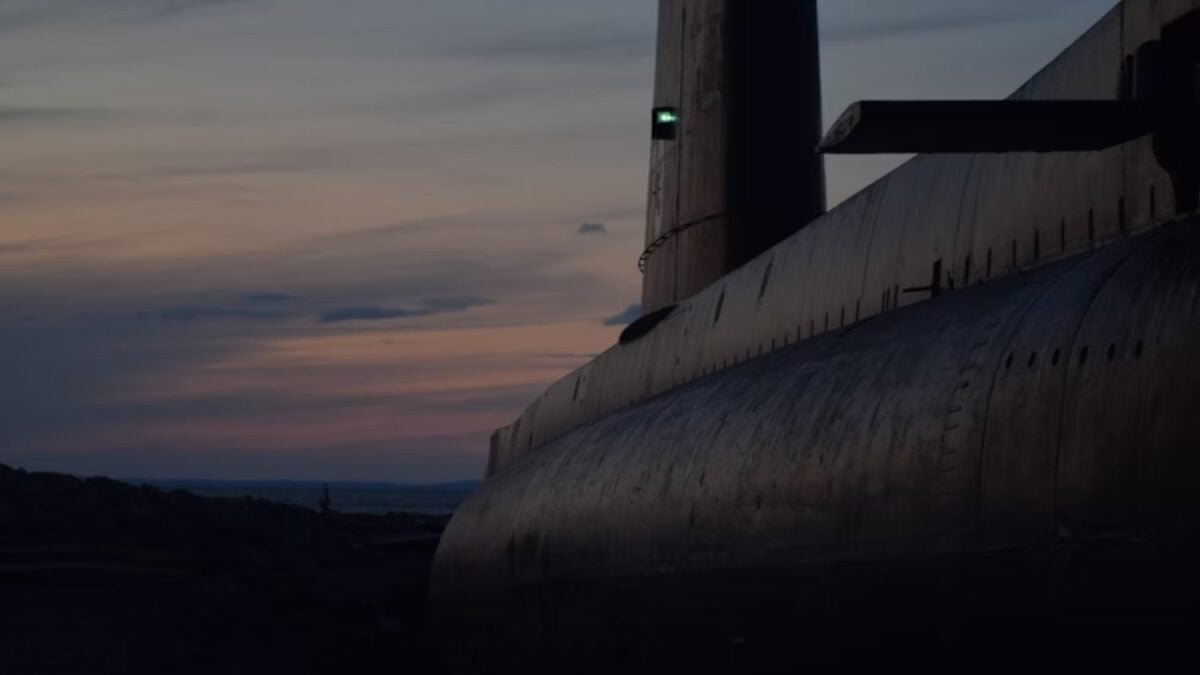Russia Secured Nuclear Submarines Using Western Technology: A Ten-Year Period of Covert Acquisitions Monitored by the CIA and European Courts.

While global attention was focused on the invasion of Ukraine, Russia was quietly strengthening its naval defenses in the Arctic. In that icy region, under kilometers of water and ice, its fleet of nuclear submarines was protected by a surveillance system called Harmony. But what is most disquieting is how it was built: with Western technology acquired over more than a decade through intermediaries, shell companies, and covert operations. According to reports from European media outlets about the shield of the Arctic, the Harmony system utilizes sensors installed on the seabed of the Barents Sea and other strategic areas in northern Russia. These devices, connected to fiber optic networks and underwater drones, allow for the detection of any foreign submarine before it approaches the naval strongholds of the Kremlin.
A Network Built with Western Components

Court documents, company records, and intelligence files reveal that the operation included components manufactured in the United States, United Kingdom, Norway, Sweden, Italy, and other NATO countries. To achieve this, Moscow allegedly used a network of intermediary companies, including one registered in Cyprus, to channel tens of millions of dollars in equipment classified as civilian goods. The materials acquired include highly sensitive sonars, underwater drones capable of operating at depths of 3,000 meters, long-range antennas, and fiber optic cabling of European and North American manufacture. According to the investigation, a contract was signed in 2020 between Russian and Western companies to supply this technology. The agreement, partially drafted in Russian, included clauses that simulated a civilian lease of marine exploration equipment. In reality, the ultimate goal was to map the ocean floor for the installation of military sensors.
Ignored Alerts and a Decade of Evasions
The scheme came to light after a trial in Germany against Alexander Shnyakin, a Russian citizen accused of coordinating technological purchases for Mostrello in violation of export laws. During the process, a German official revealed that the CIA had warned in 2021 about the underground procurement network, but effective measures were only taken after the start of the war in Ukraine. The case documents show how Russia evaded sanctions and controls for years, taking advantage of legal loopholes in international trade. Western companies supplied components under the assumption that they would be used in oceanographic research or energy projects. Many only discovered their true destination after courts had already intervened.
Harmony: The Kremlin’s Ear Under the Sea

The Harmony system is presented as a network of sensors distributed across the Arctic seafloor. Each surveillance point can pick up vibrations, sounds, or movements of foreign submarines thousands of kilometers away. Former U.S. Navy officer Bryan Clark, now a researcher at the Hudson Institute, explained that the goal is to detect and track U.S. submarines before they approach Russian patrol zones. “If you fear that someone is following you, you pass over a sensor at a certain time. If someone is following you, they must also pass over that sensor and will be detected,” details Tom Stefanick, an expert at the Brookings Institution. Militarily speaking, Harmony provides a strategic advantage: it allows Russian nuclear submarines to move without being intercepted, reinforcing the Kremlin’s doctrine known as bastion defense, a deterrent shield against NATO.
The revelation of Harmony exposes an uncomfortable reality for the West: even under sanction regimes, technology flows where there is money, intermediaries, and legal ambiguity. The pieces that now shield Russian submarines did not come from a secret laboratory in Moscow, but from a long list of exports authorized by companies that believed they were selling scientific or industrial instruments. The international investigation continues, and several European countries are reviewing past contracts and export licenses related to the maritime sector. Meanwhile, in the silence of the Arctic, the Harmony system continues to listen.




